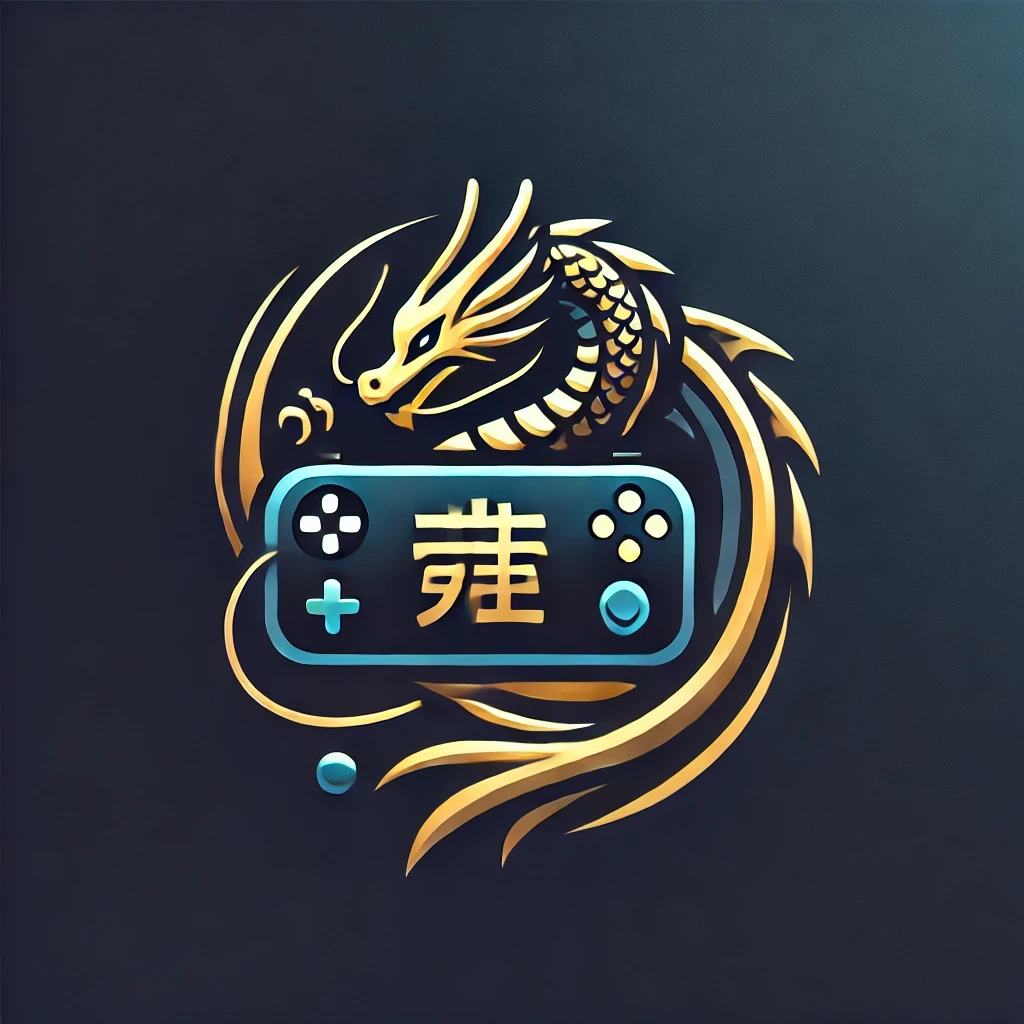Introduction
The gaming industry has seen exponential growth over the years, with mobile gaming becoming a significant part of this expansion. However, the rapid pace of game development and the short lifecycle of popular games have led to a vast number of unused or outdated手游 lying around. This guide aims to revolutionize your gaming experience by exploring the concept of手游recycling, where old games are repurposed or upgraded to provide new value. We will delve into various aspects of手游recycling, including the reasons behind it, the benefits, the methods to implement it, and real-world examples.
Why手游Recycling Matters
Environmental Impact
One of the primary reasons for手游recycling is the environmental impact of electronic waste. Each year, millions of old devices are discarded, leading to significant environmental degradation. By recycling手游, we can reduce electronic waste and minimize the ecological footprint of the gaming industry.
Economic Benefits
Recycling手游 can also have economic benefits. By repurposing old games, developers can save on the costs associated with creating new content. Additionally, users can enjoy games at a lower cost or for free, making gaming more accessible.
User Engagement
手游recycling can lead to increased user engagement. By updating and repurposing games, developers can keep their user base interested in older titles, thereby extending their lifecycle.
Methods of手游Recycling
Content Updates
One of the most common methods of手游recycling is through content updates. Developers can add new levels, characters, or features to an existing game, making it fresh and appealing to players. This approach requires minimal investment and can breathe new life into old games.
def update_game_content(game):
"""
Update the game content with new levels, characters, or features.
:param game: A dictionary representing the game's current state
:return: Updated game dictionary
"""
# Add new levels
game['levels'].extend(['Level 10', 'Level 11'])
# Add new characters
game['characters'].append('Heroine X')
# Add new features
game['features'].append('Cooperative Mode')
return game
# Example usage
original_game = {
'levels': ['Level 1', 'Level 2', 'Level 3'],
'characters': ['Hero A', 'Hero B'],
'features': ['Single Player Mode']
}
updated_game = update_game_content(original_game)
print(updated_game)
Platform Porting
Another method of手游recycling is platform porting. This involves adapting a game for a different platform or operating system. This can open up new markets for the game and reach a wider audience.
Monetization Strategies
Recycling手游 can also involve implementing new monetization strategies. Developers can explore in-game purchases, subscriptions, or other revenue-generating models to make the most of their existing games.
Real-World Examples
Minecraft
Minecraft is a prime example of手游recycling. The game has been continuously updated since its launch in 2011, with new features and updates being added regularly. This has allowed the game to remain relevant and popular over the years.
Pokémon GO
Pokémon GO, while not an old game, demonstrates the potential of手游recycling through collaborations and special events. Niantic, the game’s developer, frequently updates the game with new Pokémon, events, and features, keeping players engaged.
Conclusion
手游recycling is a valuable practice that can benefit the environment, the gaming industry, and players alike. By exploring various methods of recycling手游 and learning from real-world examples, developers and players can revolutionize their gaming experiences. Embracing手游recycling can lead to a more sustainable and engaging gaming ecosystem.
